How to Help a Dog in Labor: 4 Important Things to Know!
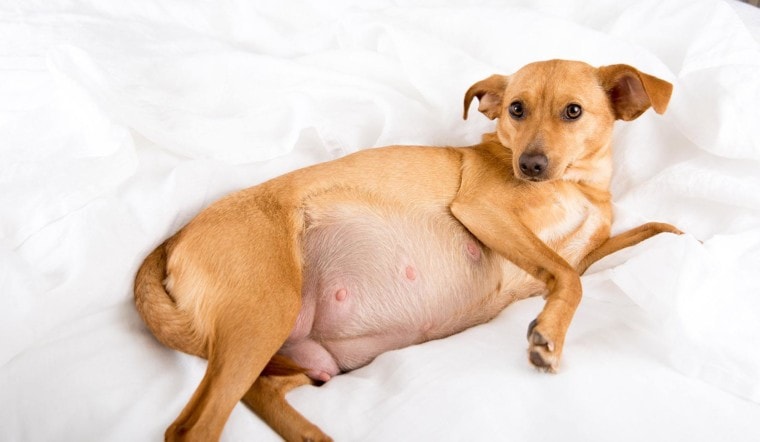
Dogs are pregnant for about 60 days, give or take, before they go into labor. Therefore, there is not much time to prepare for new puppies. You should start preparing right after seeing your veterinarian and having the puppies checked out within the first 30 days of gestation.
Your vet will figure out how many puppies you can expect and determine how safe or risky the labor may be based on several factors, including your dog’s age and health and the expected size of the puppies. Gathering supplies and bedding is important, but the most crucial aspect of overseeing the birth of new puppies is knowing how to help your dog get through labor. Here is a guide that you can use to make sure you are prepared for this important support role.

How to Help a Dog in Labor
1. Prepare a Nesting Box
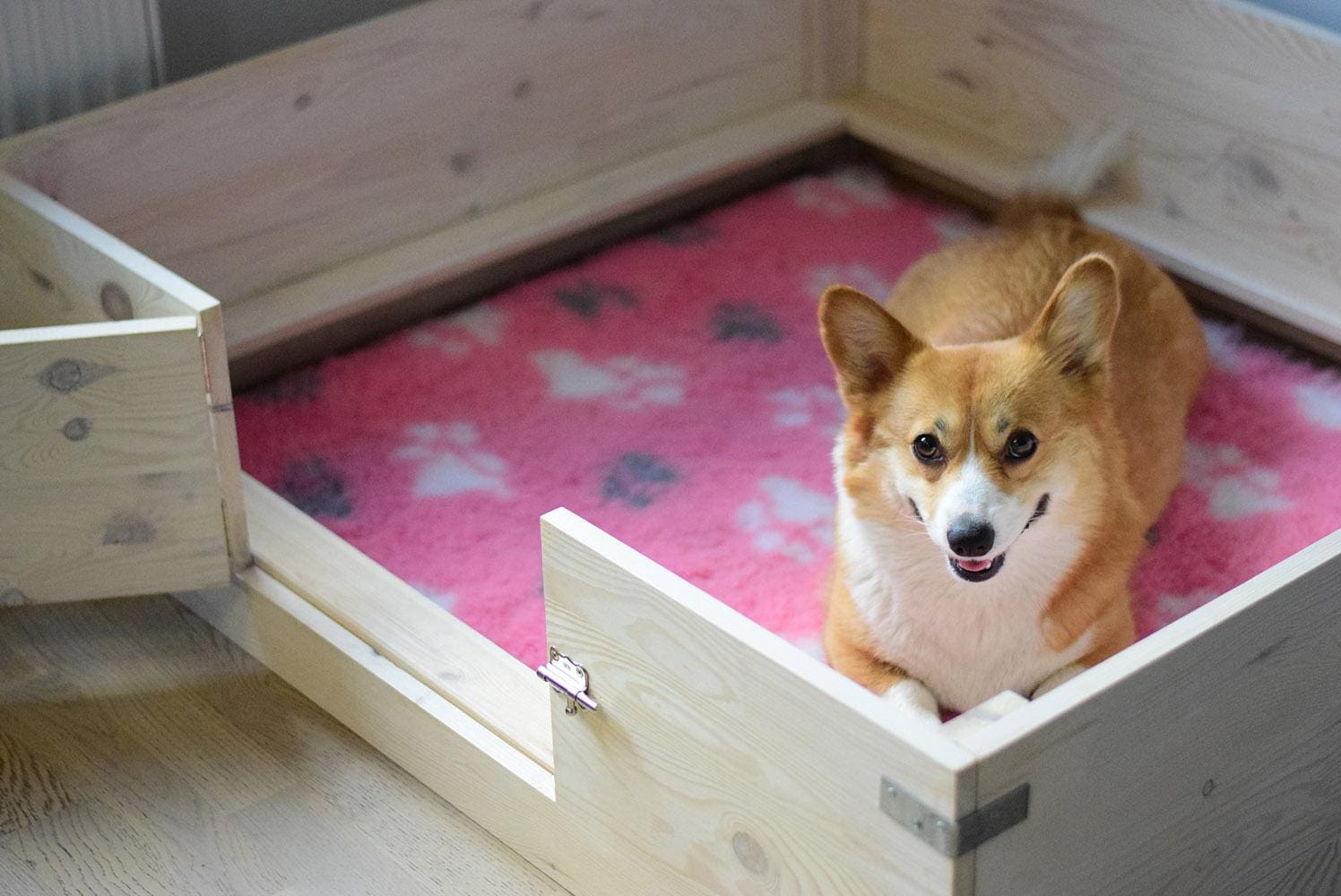
You should prepare a nesting box for your dog about a week before you expect her to go into labor. A nesting box is a safe, clean, soft place for your dog to give birth and to care for her babies for the first few days. The box should have sides so the puppies do not wander too far away from their mother while their eyes are still closed.
The nesting box should be filled with soft towels for the comfort of your dog and her babies once they are born. Keep extras ready because you will likely have to replace the towels after birth and every day thereafter until the box is no longer needed. Place the nesting box in a quiet, dark corner of your home, where your dog and her puppies can have complete privacy from other members and animals in the household.
2. Recognize the Beginning of Labor
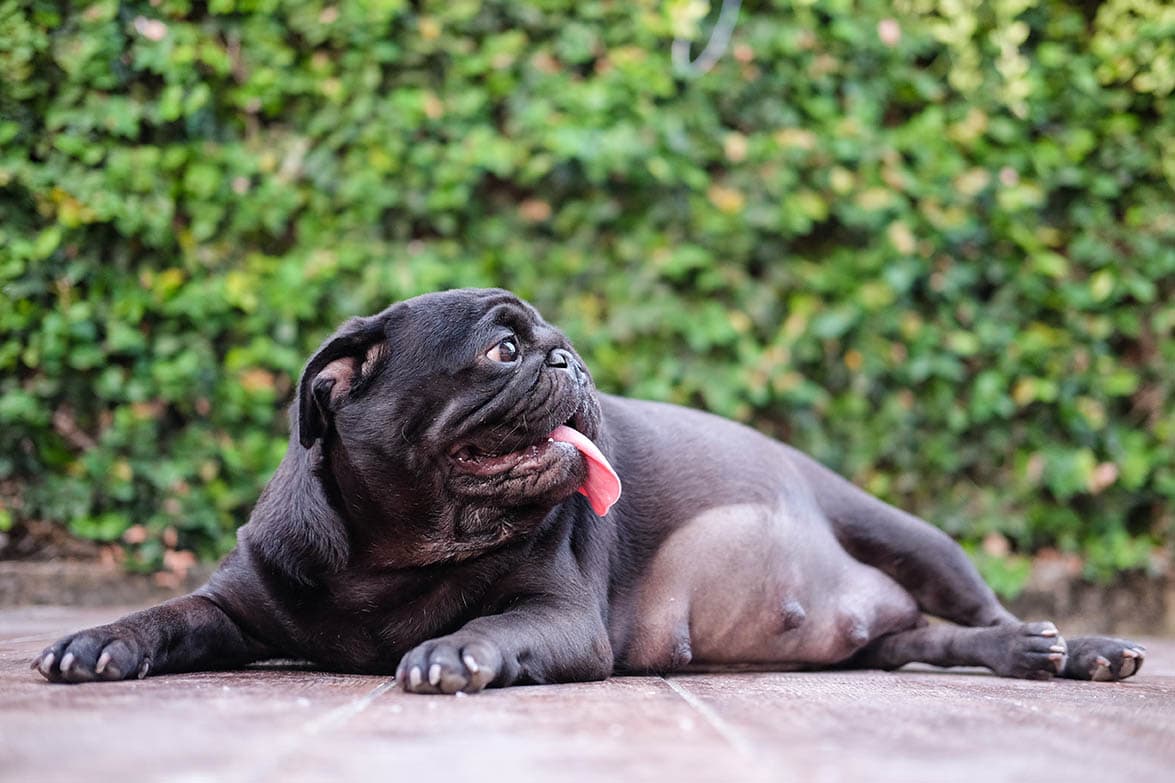
To best help your dog get through labor, it is important to keep an eye out for the first signs of labor so you can start preparing her for the experience. You may notice that your pooch’s teats are enlarging, which means that they are producing milk for the babies. At this point, start looking for signs of discomfort and distress that could indicate contractions. When your dog starts panting, pacing, or acting lethargic, lead her to her nesting box and get her settled in for the birth of her puppies.
See also: False Dog Pregnancy: What You Need to Know!
3. Supporting Your Dog Through Labor and Birth
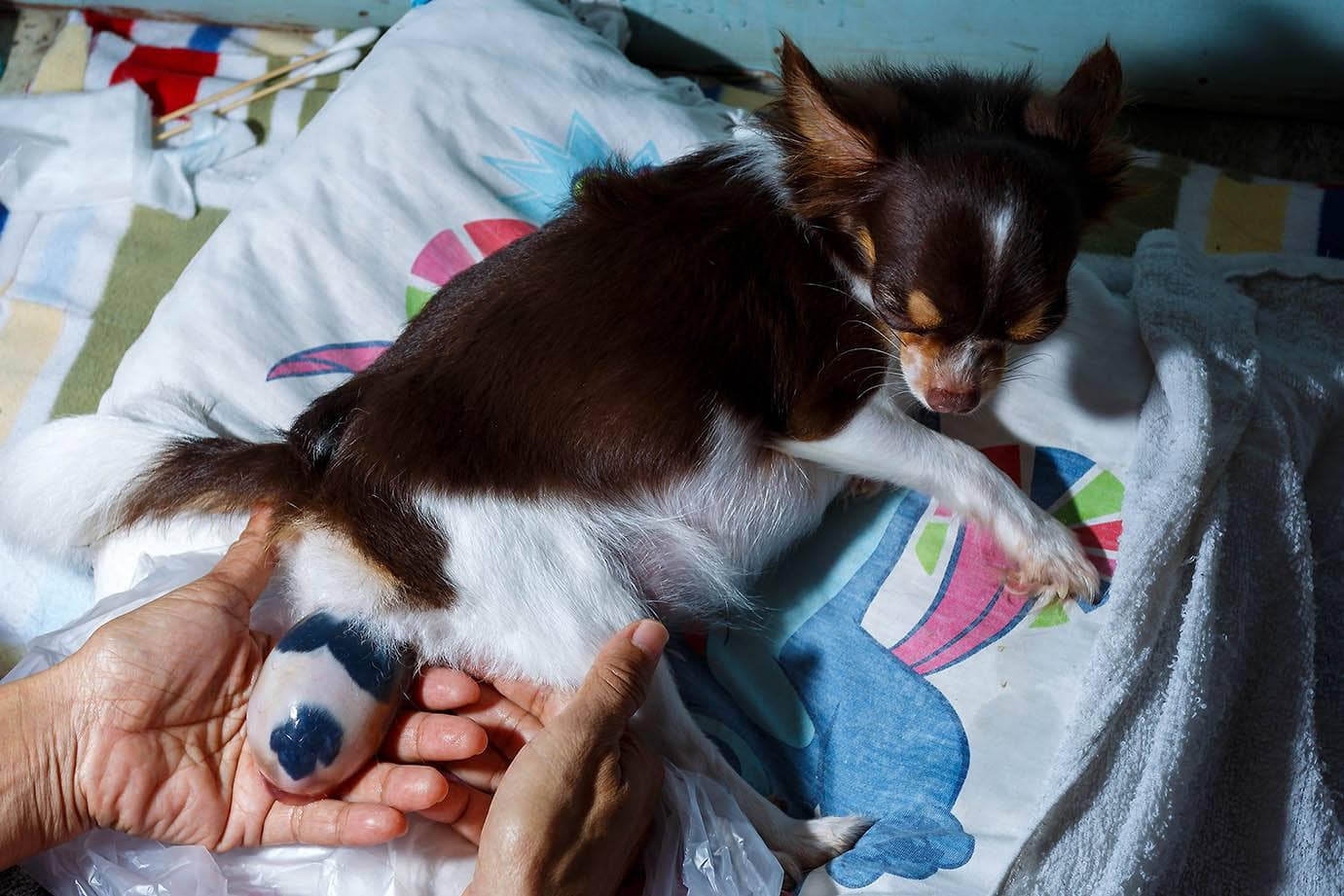
When birth is close, you should notice a green discharge and a series of contractions that can be seen as waves of ripples rolling across the abdomen. For the most part, you are there simply to support your dog as she gives birth. Stay with her as often as you can, and if necessary, take turns with family members keeping the dog company overnight.
The birthing process can last anywhere from 1 hour to 24 hours. Puppies can be born head or tail first, so there is no reason to worry about breach births — the babies and mother should be fine. If no births happen after several hours of labor and contractions, it is important to call your veterinarian for a possible checkup.
When the puppies are born, they will be inside sacs that the mother dog should open before cleaning each baby off. If she does not do this, you should do it yourself using a clean cloth and gentle stroking motions. Do not be alarmed if a stillbirth happens, as this is common with mammal litters. If a puppy is born not breathing, try to clear their mouth and nose, then rub their bodies to stimulate them. With any luck, they will start breathing on their own and join their littermates for a first milk meal.
4. Offering Support After Birth
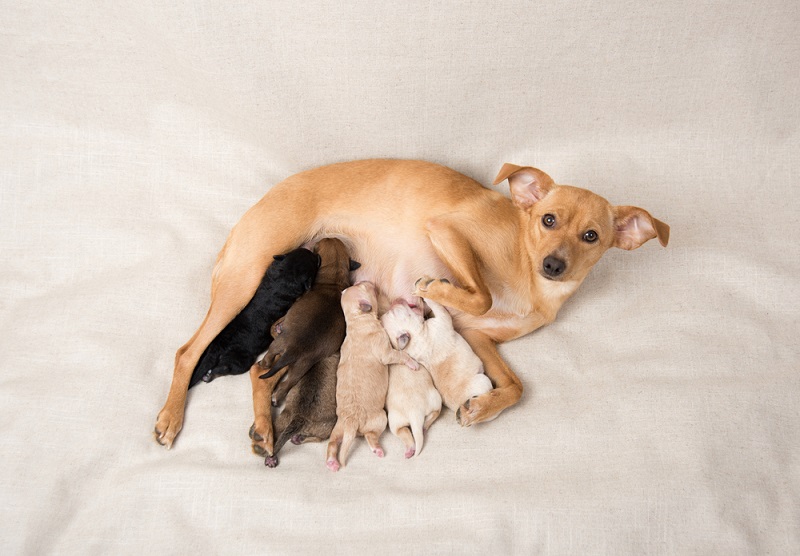
Make sure that your dog and her puppies can have peace for the first few days after birth. If necessary, set them up in a spare room where nobody but you or another caregiver can access them at any given time. It is important to feed your dog puppy food while she breastfeeds, as it has the extra nutrition, fat, and calories that she will need to maintain her strength and health throughout the process. You should also have your dog checked out by a veterinarian a few days after giving birth, as well as a few weeks after that, to ensure that she does not develop any birth-related health issues.
Related Read: Dog Mismating: Everything You Need to Know!
Featured Image Credit: Anna Hoychuk, Shutterstock



Không có nhận xét nào